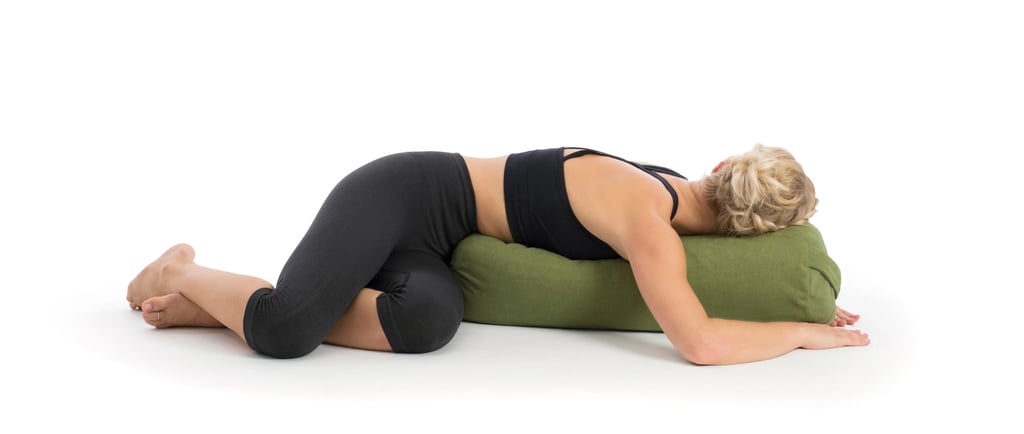Is Restorative Yoga Good for Beginners?
SASHA


Many beginners, when starting out with yoga, ask me if restorative yoga is good for them. The simple answer is yes! But why is this yoga style particularly good for those who are just entering the world of yoga? You'll find the answers in this article, along with the benefits of this regenerative practice and situations when restorative yoga is a must.
But first, let's begin with definitions. Restorative yoga is a gentle, forceless, calming style of yoga focused on relaxation, recovery, and deep rest. It doesn't require any particular experience before starting to practice it. You don't need to be flexible or strong.
A typical restorative yoga class lasts around 60 to 75 minutes, sometimes even 1.5 hours. It starts with a calming meditation and breathing (pranayama) that'll help you ground yourself, find your space, adjust to where you are right now, and simply take a pause in your life. I know personally how hard it is just to calm down my mind for even a second—especially if you're stressed out at work or in your personal life. So this is the beginning. We start by observing everything around you and asking yourself how you feel and what's on your mind. Shh... be honest here. No need to have perfect answers—just be honest with yourself.
Next, the intention comes. What is your sankalpa? Why did you come to this class today? What does it mean to you? These simple questions will help you start reflecting and bringing mindfulness into your yoga practice.
Then we'll proceed with the practice, holding each posture for 2–3 minutes, releasing your muscles and letting them melt over the cushions, blocks, or just on the ground. You shouldn't feel any hard tension. Instead, our purpose is to find a comfortable position that will help you relax, letting your body release any tension—especially in the hips and shoulders. These are the parts of the body that my students claim to hold the most tension.
During restorative yoga classes, we work on relaxation over effort: there's not much stretching or strengthening—just letting go. Is it easy? Yes and no. For many people, especially those who are very energetic, it's extremely hard to find themselves calm even for a minute—imagine a whole hour!
This practice is an amazing exercise in letting go of control and a big challenge to stay just where you are, accepting no movement and no action. This is actually one of the pillars of Buddhism. Instead of acquiring more and more, Buddhism teaches us to cut and be happy with less.
So instead of having more hobbies and duties, cut back and create more free time for your spirit to regenerate in silence—so your inner voice becomes louder and you can hear it and understand what it is you really need, and what was imposed on you.
Every restorative yoga class finishes with a nice savasana or final relaxation pose, where you lie with your eyes closed and open your heart to process the changes you feel inside your body and your mind.
And at the end, we remind ourselves of our sankalpa or our intentions for the class, giving thanks to our body, mind, and soul for taking care of ourselves.
So now you know what restorative yoga is and what benefits it has—that apart from regeneration for your body, it also brings you the challenge of finding peace inside yourself.
My question to you is: when will you be ready to dedicate this time to yourself and reset your body and mind?
